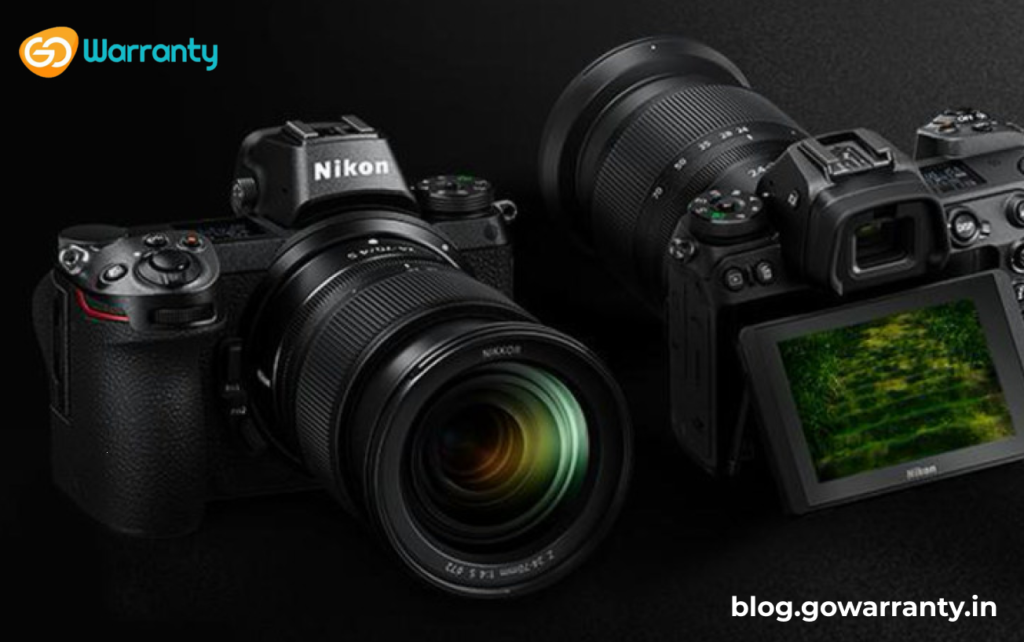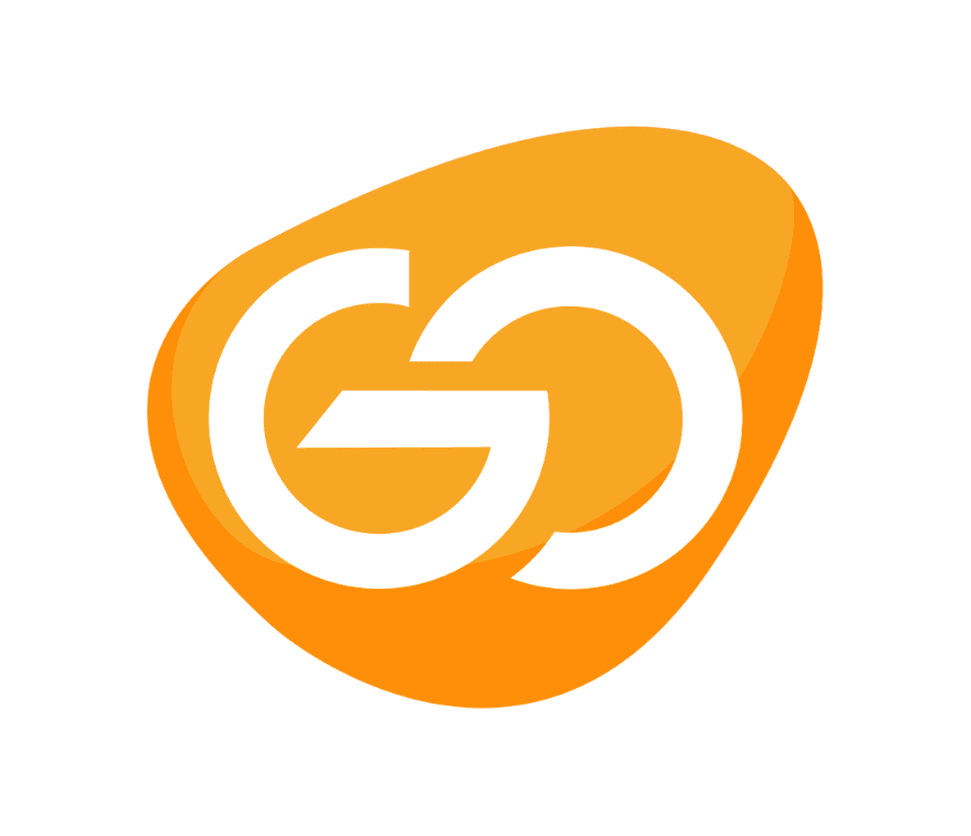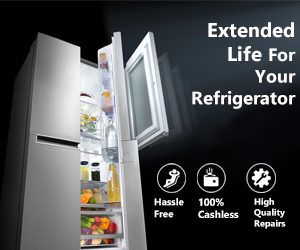It’s finally here! Nikon has released the Z8, the long-awaited true spiritual successor to its popular D850 DSLR, almost five years after creating the mirrorless Z mount. Unsurprisingly, the Nikon Z8 has a lot more features than its predecessor from six years ago, and at a higher price. So, what does $4,000 get you these days in Nikon land, and how does the Z8 compare to the Z7 II and the flagship Z9? Keep reading to find out.
Sensors
The Z8 is powered by a very familiar, very important component: a 45.7-megapixel Stacked CMOS sensor, which is likely to be an evolution of the sensor first seen in the D850 in 2017. That sensor has already served as the foundation for the chips in the Z7, Z7 II, and (in stacked form) the Z9, so there should be no surprises in terms of image quality – which is a good thing.

However, D850 and Z7 / Z7 II owners will be pleasantly surprised by a couple of features. As a mini Z9,the Z8’s sensor has a very fast readout rate (1/280 sec), which means virtually no rolling shutter distortion with the electronic shutter, allowing it to be used in low-light situations.
Dust prevention and control
The Z8, like the Z9, has a protective cover that closes over the sensor when the camera is turned off to protect the imaging surface when lens changes. The optical filter on the sensor is treated by a dual coating to repel any dust which makes its way past this protective curtain, adding an extra layer of protection (literally).
Continuous shooting and EN-EL15c battery
In spite of receiving many of the features of the Nikon Z9, the Nikon Z8 manages to do so with a much smaller battery, which will be familiar to D850 and Z6/7-series shooters. The EN-EL15c has roughly half the capacity of the much beefier EN-EL18d used in the Z9, and it’s rated for around 330 shots per charge (when shooting through the viewfinder), according to CIPA. However, as with all CIPA figures, you can expect much more endurance than this in normal use, particularly if you’re primarily capturing stills, and even more so in burst shooting.
On that note, Nikon Z8 has the same headline performance as the Z9: bursts of up to 20 fps are possible in Raw+JPEG mode, increasing as the data load drops until you can hit 120 fps if you’re fine with 11MP JPEG files. Pre-Release Capture is also available in the JPEG modes, and the Z8’s buffer, like the Z9’s, can hold over 1,000 JPEGs or HE* compressed Raws at a continuous shooting rate of 20fps.
Weatherproof construction
Nikon claims that the Z8 is ‘fully sealed and gasketed’ with maximum consideration for dust and drip resistance’ and outlasts the D850. Nikon claims that it has used a ‘new pro-grade carbon fibre composite’ in the body material to reduce weight, and it is rated for operation in temperatures as low as -10°C (14°F).
Handling and ergonomics
The Z8 is very similar to the Z9 in terms of ergonomics, but there are some subtle differences besides the lack of vertical controls. The top left shoulder control cluster on the Z8 is lower-profile, and the Z9’s annular drive mode dial (inherited from flagship DSLRs) has been replaced by a simpler modal control. In comparison to the Z7, the Z8 has only two Fn buttons on the front plate.
The Z8, like the Z9, is well-suited for low-light use, thanks to backlit buttons, a warm display colour setting, and ‘Starlight View,’ which allows autofocus down to -9EV. That’s difficult to visualise, but it basically means that with a fast lens, the Z8 should be able to lock focus on stars.
Video
The Z8 is a powerful video camera as well as a high-resolution still camera. Surprisingly, it has nearly the same power as the Z9. The Z8, like the Z9, can capture 8K/30p video in H.265 formats and 8K/60p video in N-Raw, with ProRes 422 HQ or ProRes RAW options up to 4K/60. If you don’t require that much resolution (which most filmmakers do), 4K video can be captured (with sound) at up to 120fps through subsampling or up to 60p through oversampled footage derived from 8K capture.
Ports
The Z8 has two USB-C ports. One is for charging (PD), and the other is for communicating with external devices. It, like the Z9, has a full-size HDMI port. Although there is no LAN port, the upper USB socket can be used with common adapters for Ethernet connections.
Autofocus
The Z8 inherits the Z9’s strong autofocus system, including all firmware improvements made since release. A dedicated aeroplane subject detection mode is brand new in the Z8, for those times when you completely need to keep an Airbus’s eyes in focus.
Rear LCD and viewfinder
The Z8 provides nearly the same shooting experience as the Z9 when looking through the viewfinder or the rear LCD. While the resolution of the Quad-VGA (3.69M dot) electronic viewfinder may appear low in comparison to some competitors, the high refresh rate as well as lack of blackout during shooting make for an immersive experience. The 3.2in, 2.1M dot 4-axis tilting touchscreen on the Z8’s back is also well-known. It’s very responsive and provides a lot of information during both shooting and image review.
Two card slots
Finally, something that isn’t identical to the Z9! Nikon Z8 has the now-common (from other cameras at this price point) combination of one CFexpress Type B card slot and one UHS II SD slot. This is the same combination as the Z6 II and Z7 II, as well as competitors such as the Canon EOS R5. The original Z6 and Z7 were chastised for having only one XQD card slot (later upgraded to CFe B via firmware), and Nikon is clearly not going to make the same mistake again.
Verdict
The Z8’s $4000 price puts it in direct competition with the Canon EOS R5, while it doesn’t look half bad in comparison. It is priced similarly to the Sony a9 II, but due to its higher resolution, it has more in common with Sony’s more expensive a1.

